In many Western analytical media, there is currently a heated debate about the issue of increasing Ukraine's counter-attack capabilities.
Follow the sequence of entries on Counter-Shooting (KBS).
Russia's opponents expressed satisfaction with the Ukrainian army's significant progress in counter-attack fire capabilities. Everyone is well aware that a well-positioned KBS complex will give an advantage in artillery operations, and artillery in the Military Operation is the key to success.
Yes, despite the presence of cruise and tactical missiles on both sides, guns, mortars and kamikaze drones – artillery was responsible for 90% of the damage to enemy military equipment and personnel.
“...The Ukrainian army continues to fight for the superiority of artillery in the future. A large role in this is played by counter-battery fire, and in particular radars, which facilitate high-precision fire. It is reported that many Russian artillery units lack counter-battery radar systems to accurately detect incoming fire. In addition, due to their high-tech nature, Russia is unlikely to replace them with new sources of power” (Quoted from The Drive).
It is worth noting that the absence of the KBS system in the artillery regiment is not only a headache for the regimental commander. But it is true that if you try to find the location of the KBS station “ZOO-1” in the usual structure of a Russian mixed artillery regiment, you will not find it anywhere.
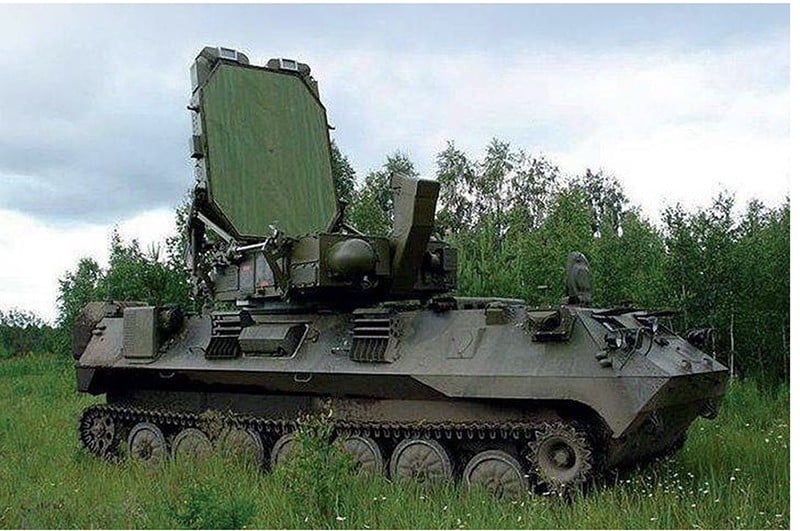 |
| Zoo |
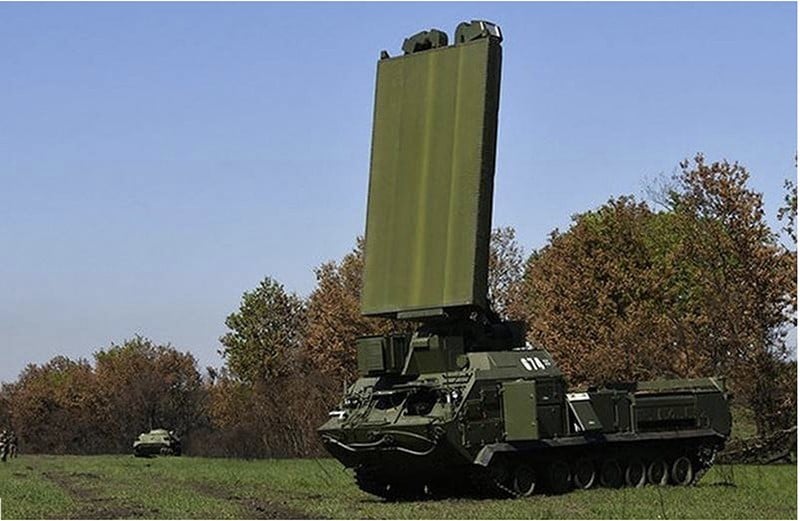 |
| Zoopark-1M |
It can be likened to this: there are cars, but no parking space. However, it is not correct to say that there was no KBS department before, there was but now it has been eliminated.
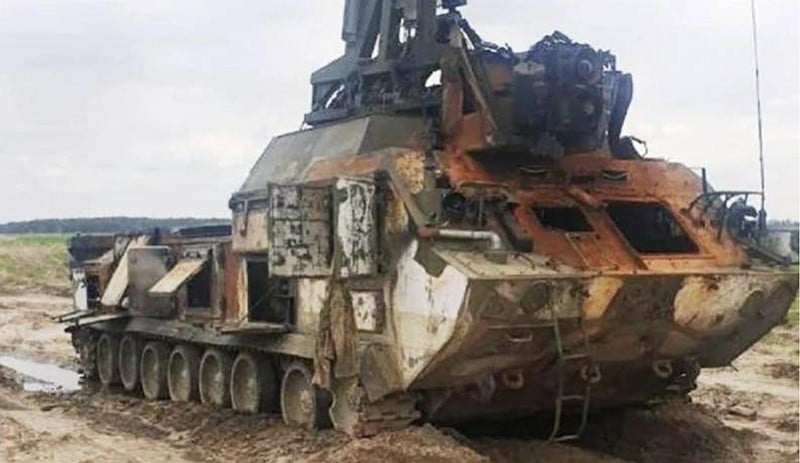 |
| The only evidence of the destruction of the Zoopark |
British intelligence believes that during the conflict with Russia, the Ukrainian army lost only 6 KBS stations due to missiles from enemy aircraft. Obviously, the idea of using Su-35 with anti-radar missiles in the first phase of the Military Operation proved to be very effective.
On the Russian side, according to British intelligence, the country's army also lost 6 or 7 stations, plus one station used by the Ukrainian Armed Forces as a trophy near the city of Izyum.
Now we will look at the components of the entire counter-attack firefight on both sides.
1. Reconnaissance and fire control radar complex (counter-battery radar)
On the Russian side, the most effective complex is the Zoopark-1M. APU has AN. On the Ukrainian side, it is the American TPQ-36.
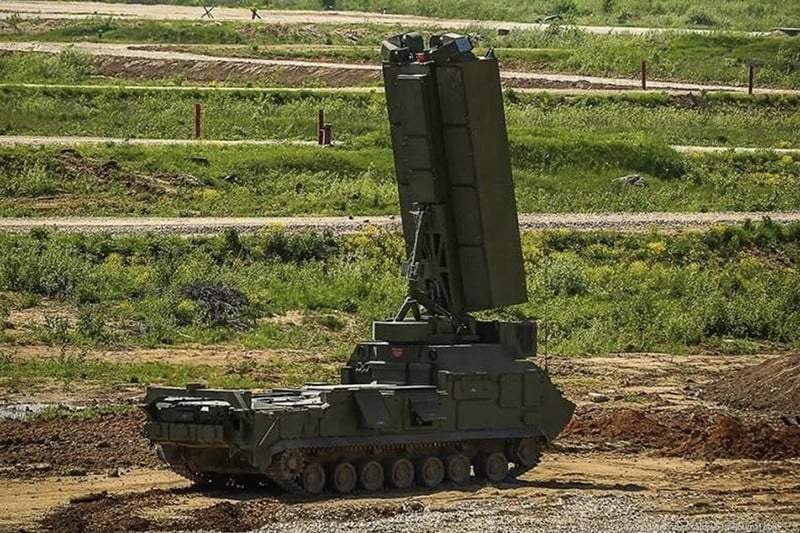 |
| Return Fire: Whoever is faster wins |
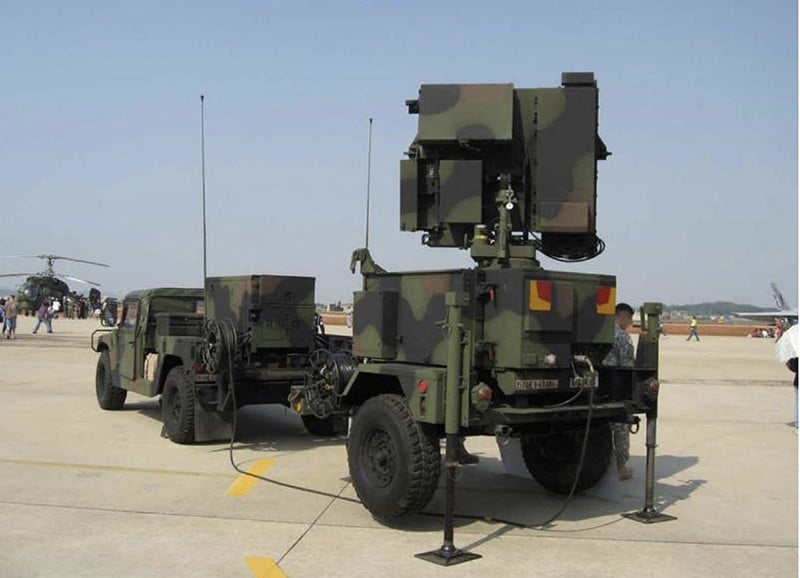 |
AN/TPQ-36 |
Normally, an American formation requires three Humvees with trailers, but Ukraine has simplified it to two and does not use backup generators. The V7 modification has been in production since 1995 and is quite suitable for modern warfare.
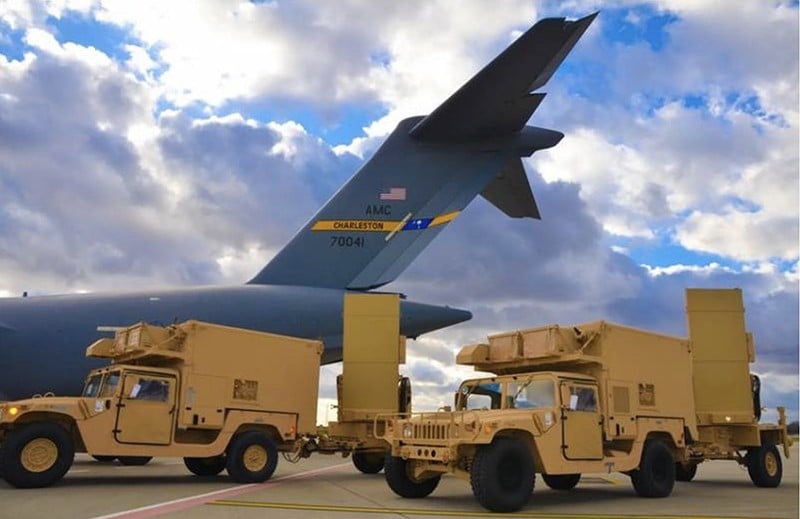 |
| AN/TPQ-36 detects artillery positions at a distance of up to 18 km, rocket launchers - up to 24 km. |
The Russian "Zoo-1M" complex is located close together and can detect enemy howitzers from a distance of up to 18 km. The complex is equipped with up to 15 guns, multi-layer rocket launchers with a range of 22 km, and tactical missiles with a range of 45 km.
However, the Russian complex has undeniable advantages:
- All necessary equipment can be placed in one block (one vehicle);
- Has protective armor for shooters;
- Better penetration;
- Improved ability to prevent enemy detection.
- At the same range as the AN/TPQ-36, the Russian "Zoo" has better accuracy and speed parameters.
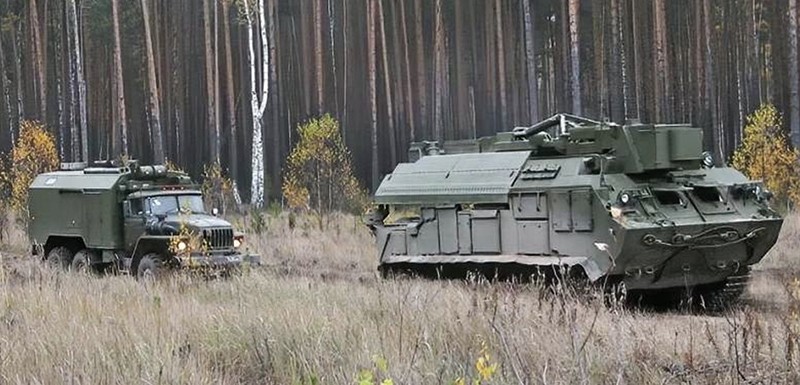 |
| Russian "Zoo" complex on a car |
In addition, the production of "Zoo" is very easy. Zoo is manufactured in the city of Yekaterinburg, in unlimited quantities because all components are produced domestically.
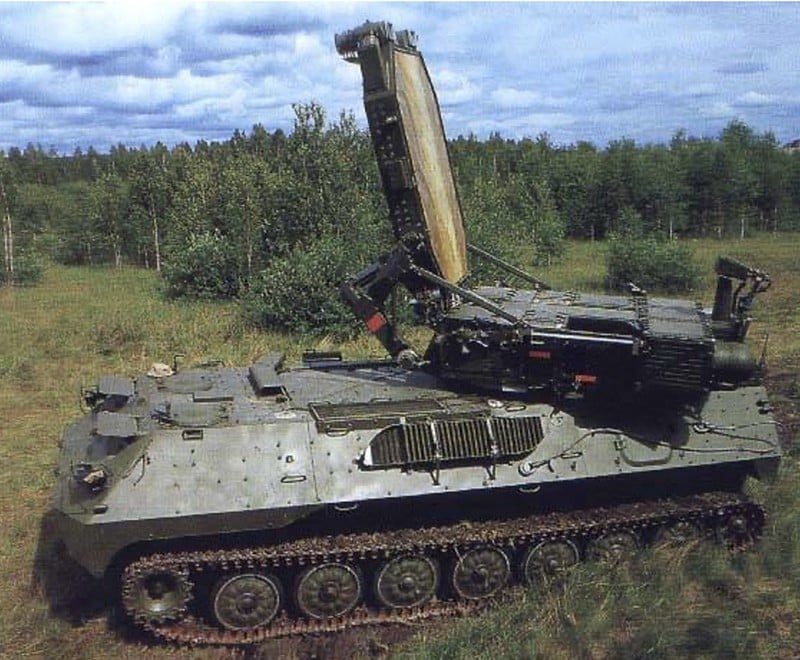 |
The problem of KBS Russia really lies in the following weakness:
The Americans used the KBS radar system in all military operations wherever possible. US military specialists can work with the AN / TPQ-36, or with any other combination. Simply because the US military is always in a state of combat readiness, and has a lot of practical experience because even in exercises, the Americans always use real artillery shells and missiles.
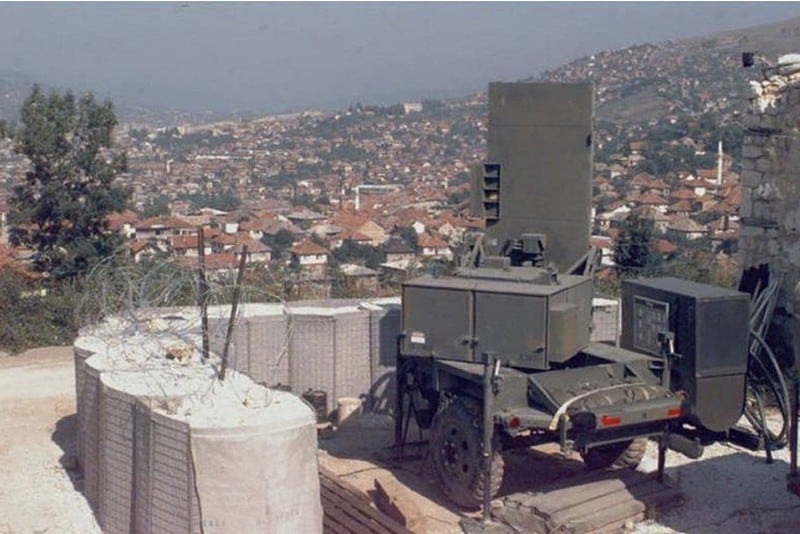 |
For the Russians, first of all, there is a shortage of specialists for the "Zoopark". There are not many young people ready to sign professional contracts like the US Army, capable of operating cameras, detecting, identifying, transmitting coordinates to the right place.
In addition, training centers (there are two) with inadequate modern equipment and limited field practice capabilities.
On the other hand, in the Russian army, it is necessary to follow a decision-making process. The data has just been received, the request needs to be responded to within a few seconds, but traditionally it has to be reported to the higher level, following a chain of personnel until it reaches the decision maker. It takes some precious time, but without approval, the battery cannot receive the enemy coordinates and the order to fire.
Systems against opponents
No less important is that the radars detected the enemy, gave coordinates, the command post agreed on everything (in the case of the Armed Forces of Ukraine, the battlefield commander decides on artillery strikes), and then the artillery opens fire. Multi-Layer Rocket System (MLRS) and tactical missiles are included in it.
Artillery
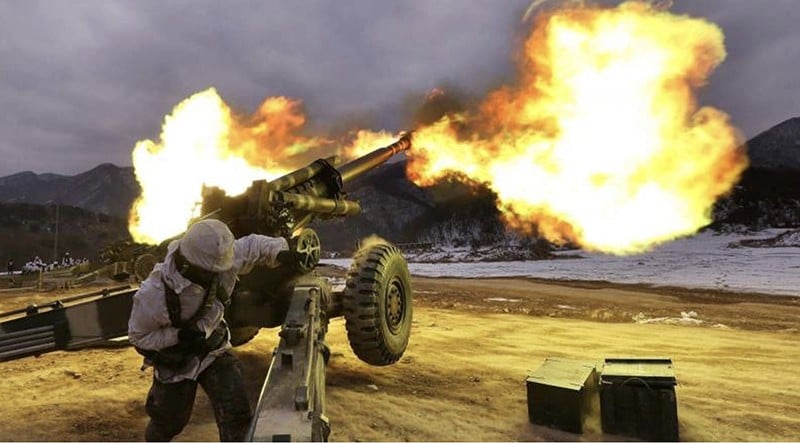 |
Before the conflict, Russia and Ukraine had an equal number of howitzers. "Carnation", "Acacia", "Msta" - absolutely equal, but since the Russian armed forces were larger in number than the Ukrainian armed forces, the advantage was on the side of the Russian army.
Western systems have a longer range and higher accuracy than the Russian Msta-S. These guns cannot provide an overall numerical advantage, but with some of these advantages, they have begun to be used by Ukraine for counterattack purposes. Everything happened sequentially: the radar detected the Russian guns, and the “Europeans” began to fire suppressive fire from positions beyond the reach of the Russian guns.
The thousands of Excalibur guided missiles that NATO delivered to Ukraine have become a significant counterweight. Russia has “Krasnopol”, which in principle is almost equal in the number of shells, but the advantage in range of NATO artillery plays an important role.
Both sides have demonstrated their “one-hit-kill” capabilities, especially when using UAVs, but in terms of UAV reconnaissance and calibration, once again, the advantage is on Ukraine’s side.
Multi-Layered Missile System (MLRS)
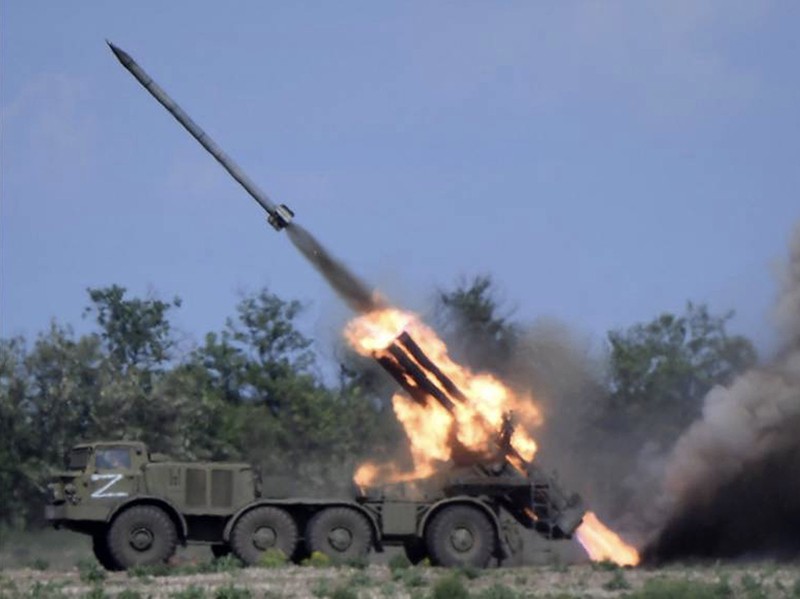 |
Of course, here the Hymars launcher showed itself. The system overshadowed the success of the Bayraktar, which Türkiye provided to Ukraine in the early stages, and demonstrated a very high level of accuracy. Ukrainian UAVs, which recorded the launch and destruction of the target, confirmed this result.
It is possible that the Russian Iskander and Tornado-S are inferior, but there is no data confirming their performance.
Drone
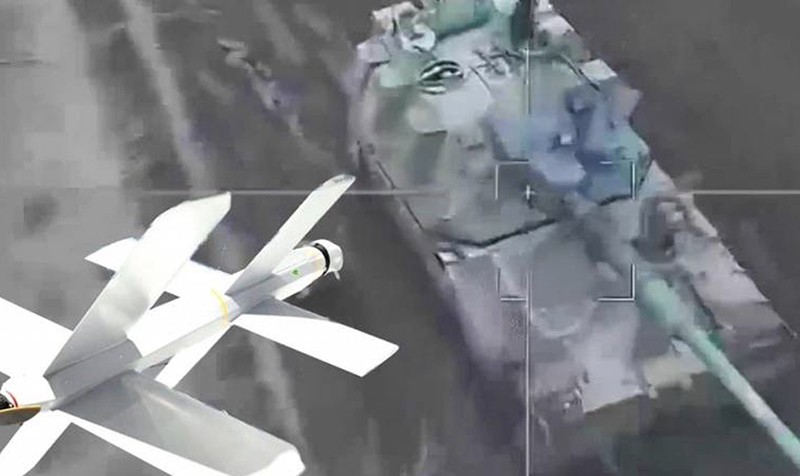 |
Here it is difficult to say which side has the advantage. The Lancet and similar devices are technically similar to both sides. This is a good alternative to guided ammunition. However, 3-5 kg of explosives for a UAV is still less than 7-8 kg for an artillery shell, and even multiplied by the speed and accumulated kinetic energy.
3. Communication and control system
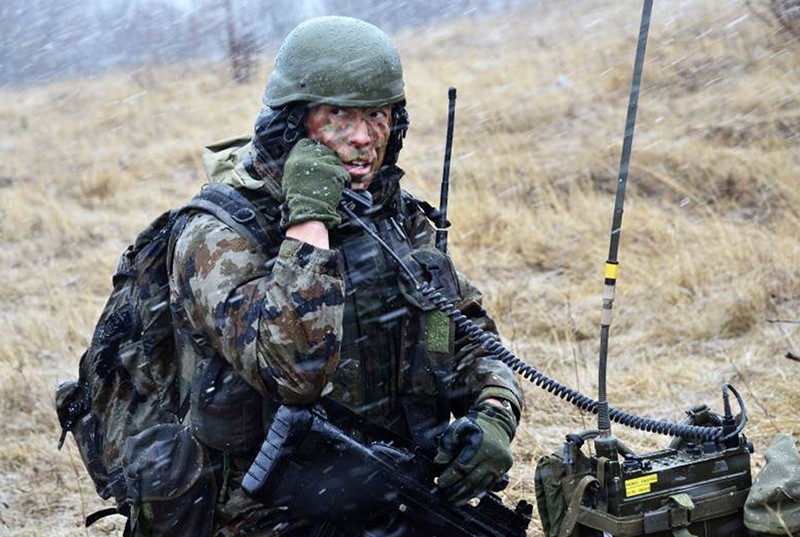 |
This is the area where Ukraine has a clear advantage over Russia.
Russia has no integrated system for transmitting coordinates, no communication at different levels, no timely response to changing situations.
While the West has greatly strengthened Ukraine. Yes, everything is very simple: they have provided Ukraine with the ability to communicate normally, allowing to quickly transfer information to different levels.
Unfortunately, the lack of modern communications in the Russian army makes it difficult to accurately fire artillery at the stage of transmitting coordinates. Even ignoring the problems of integrating artillery firing radars at the regimental and divisional levels, transmitting the coordinates of detected targets may be useless, since all existing radio communications are perfectly captured and exploited by the enemy. The enemy, having determined which Russian artillery weapons will fire, calmly assembles and leaves their positions. Then the Russian artillery fire strike falls on a deserted area.
And vice versa, after only 2-3 rounds of fire, the artillery platoon had to withdraw from the position, because counter-fire would be inevitable.
Meanwhile, the Ukrainian side did not spend much time on decision-making. The division commander received the information and decided to open fire on the enemy positions. In fact, the decisions were made quite quickly.
Synthetic
According to the article, the author believes that Ukraine actually implements the counter-attack theory more effectively and, moreover, this has been the case for a long time.
Ironically, Russia has a technological advantage over its opponents, but the above-mentioned weaknesses have not allowed the Russian military to take advantage of these advantages.
Source



![[Photo] President Luong Cuong attends the inauguration of the international container port in Hai Phong](https://vphoto.vietnam.vn/thumb/1200x675/vietnam/resource/IMAGE/2025/5/13/9544c01a03e241fdadb6f9708e1c0b65)
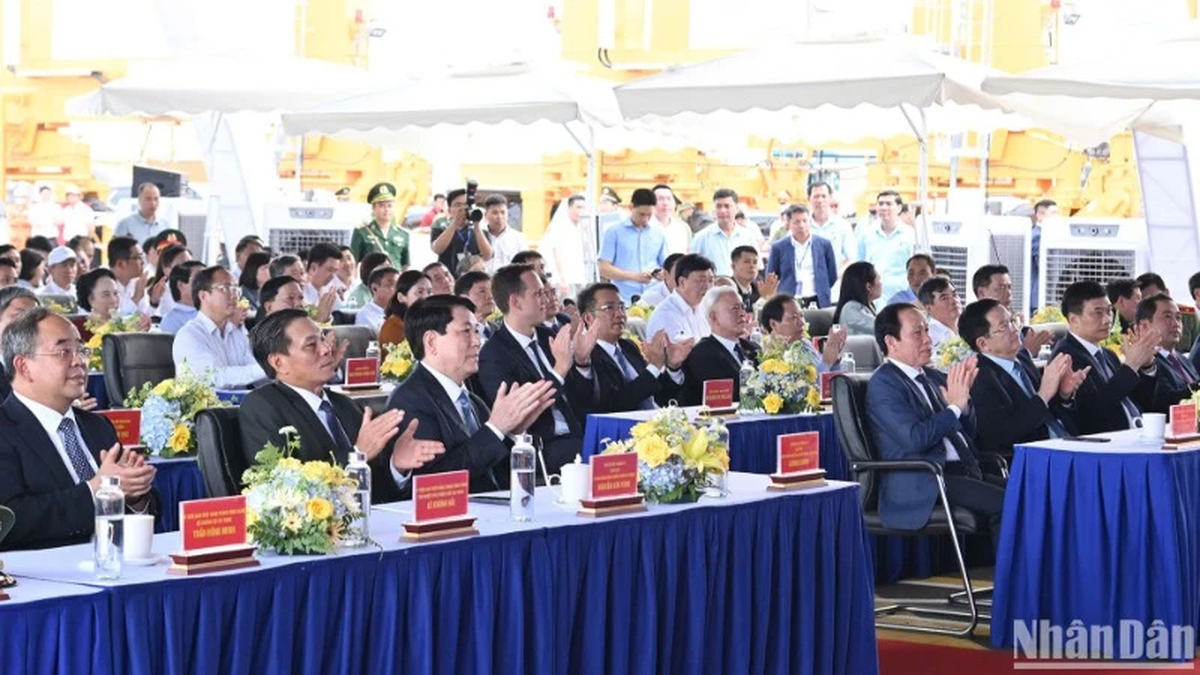

![[Photo] Prime Minister Pham Minh Chinh meets with US business representatives](https://vphoto.vietnam.vn/thumb/1200x675/vietnam/resource/IMAGE/2025/5/13/5bf2bff8977041adab2baf9944e547b5)



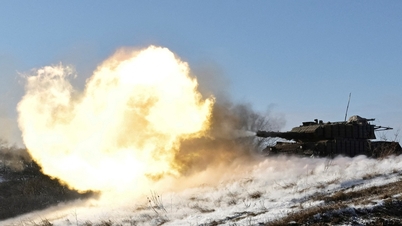

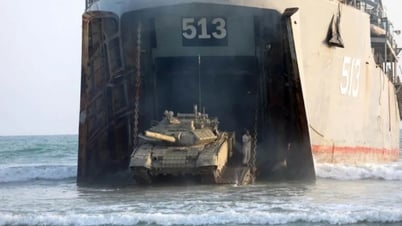
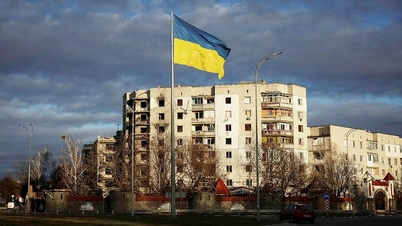


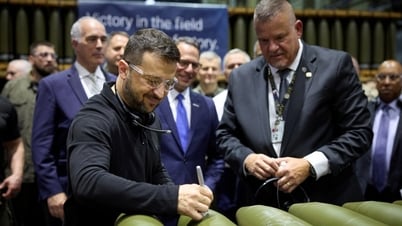



















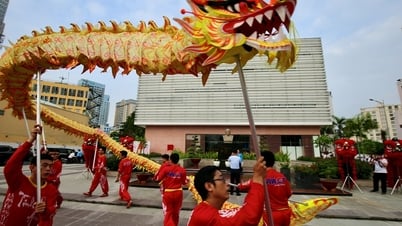

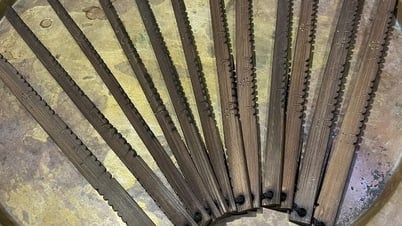





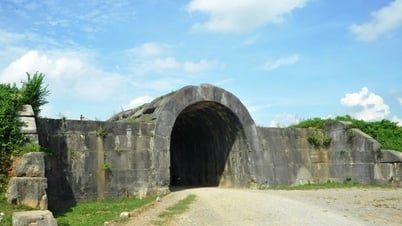






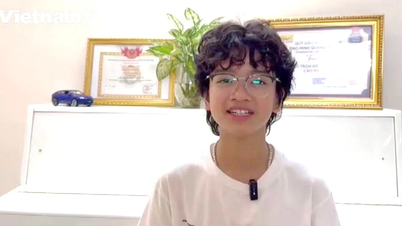


















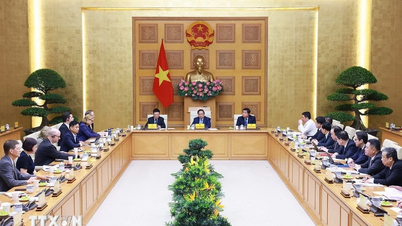

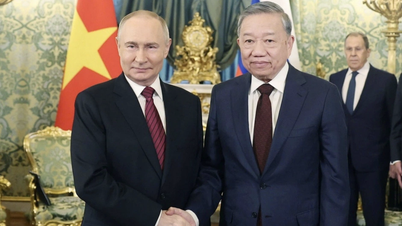
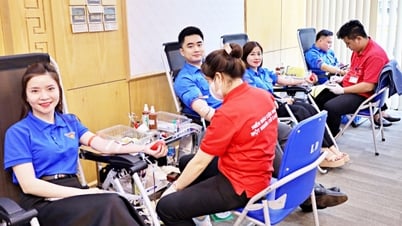

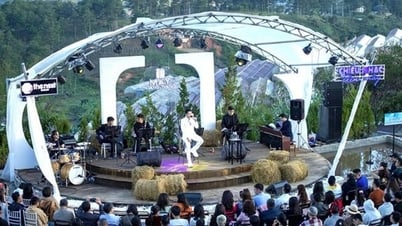




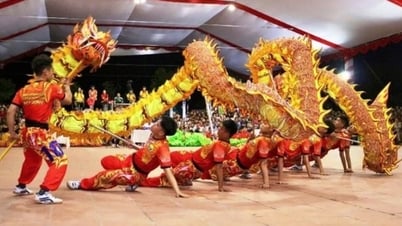

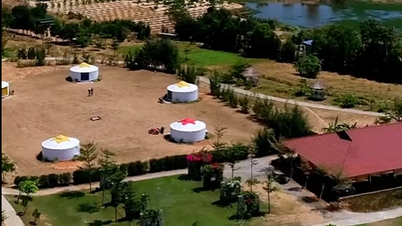








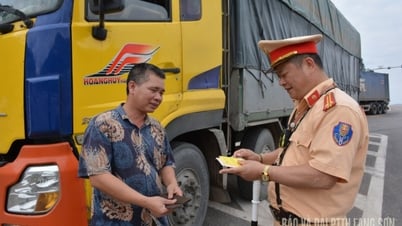






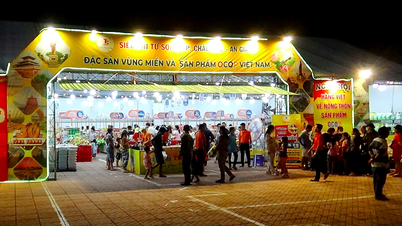



Comment (0)